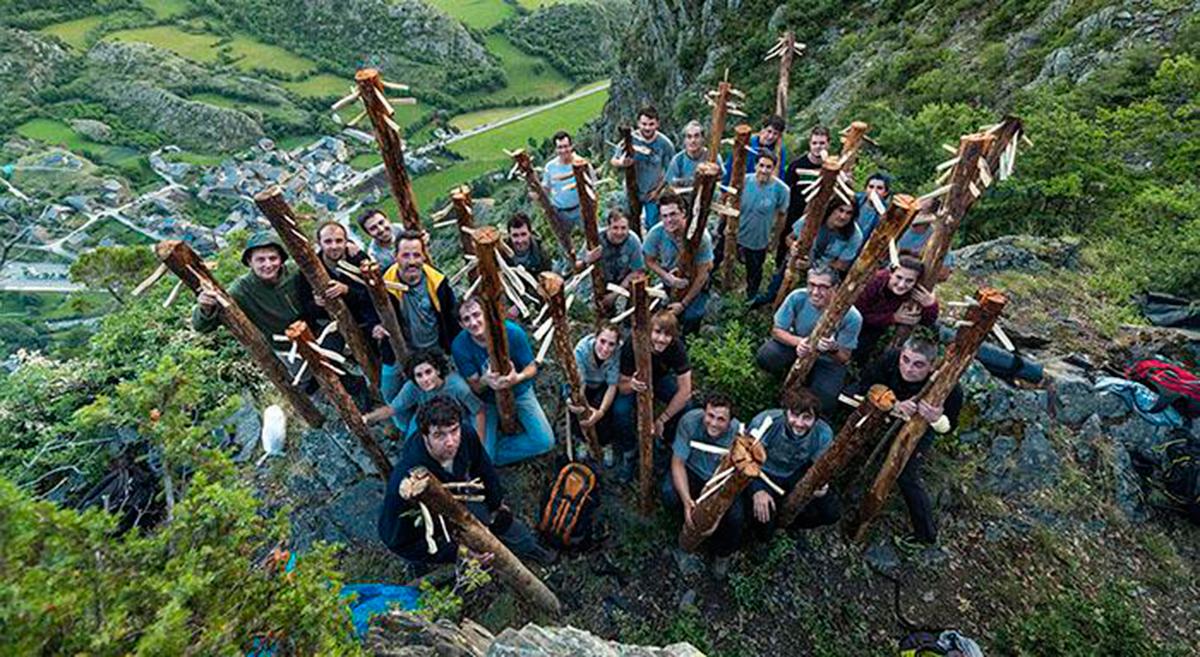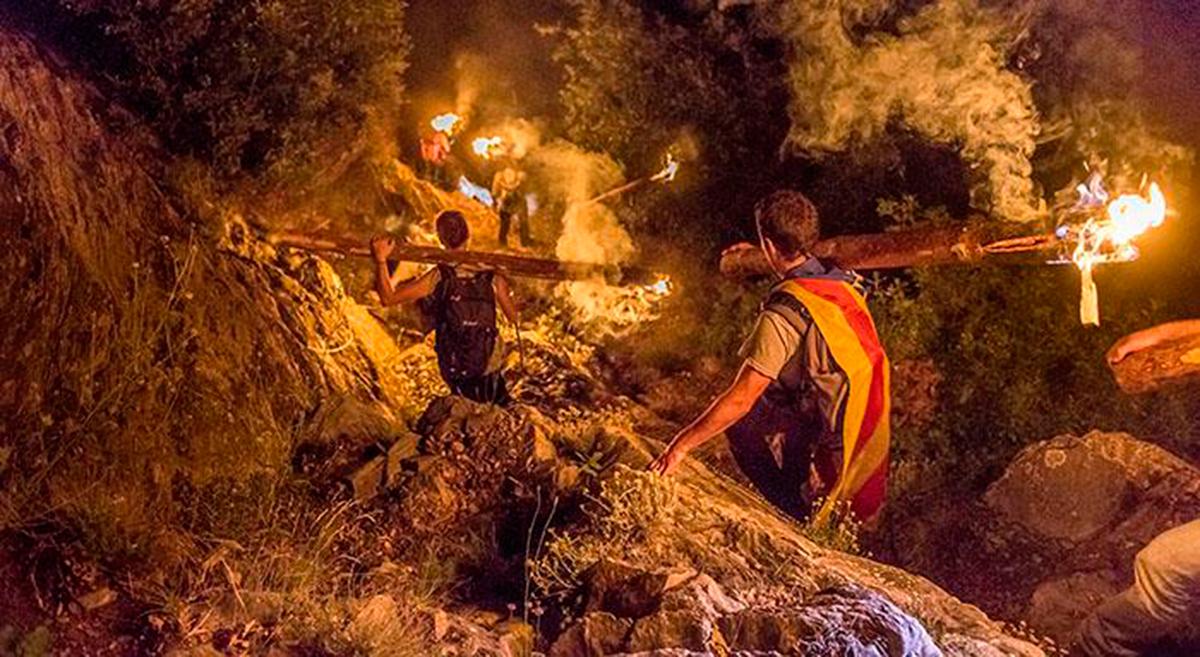23 June. It is St John’s Eve in one of the Vall de Boí villages. A group of men and women descend the mountain bearing lit torches (falles), led by a trailblazer called fadrí major. The fire-bearing procession snakes down the mountain until reaching the village, where the participants are greeted with food and wine, to the sound of music and church bells. The festival continues all night as the half-burnt torches are thrown onto a bonfire, with locals and visitors alike joining in the fun of this magical, mystical event.

Most torchlight descents take place on St John’s Eve and the following nights, the time when the sun reaches its highest point, lighting and warming the Earth for the longest period of the day. The solstice, a faithful indicator of seasonal change, ushers in the much-awaited summer. The ancestral festival has been celebrated with magic rituals and purifying bonfires from time immemorial, and is still maintained in these remote Pyrenean villages. Today we have the opportunity to experience it from the inside.

The torchlight descent is held from 23 June to mid-July in Vall de Boí and throughout Alta Ribagorça County (in the villages of Durro, Senet, Vilaller, Llesp, El Pont de Suert, Barruera, Boí, Erill la Vall and Taüll). Parallel events take place elsewhere in the Catalan Pyrenees such as Isil (Pallars Sobirà County), where it is listed as a Traditional Festival of National Interest, as well as Andorra, Aragon, and the south of France. A fir tree is burnt during the shortest night of the year during the Taro festival in Arties and the Haro festival in Les (both in Val d’Aran). A similar winter festival called Fia-faia is held on Christmas Eve in the villages of Bagà and Sant Julià de Cerdanyola (in Berguedà County). In November 2015, the Pyrenean Fire Festivals were listed as UNESCO Masterpieces of the Oral and Intangible Heritage of Humanity.
